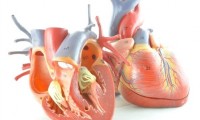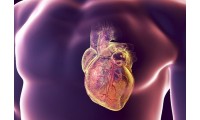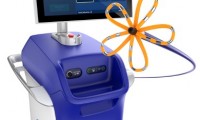-
Compound found to inhibit influenza virus replication by targeting host enzyme
- Source: drugdu
- 94
- October 11, 2023
-
Catheter ablation beats drugs in J&J retrospective study of AFib heart failure risk
- Source: drugdu
- 143
- October 9, 2023
-
Can crafted meal plans in kindergarten lead to healthier kids?
- Source: drugdu
- 130
- October 4, 2023
-
FDA expands total product life cycle program to cover neurological devices
- Source: drugdu
- 196
- October 4, 2023
-
Socioeconomic status may not clearly predict the heart health of racial and ethnic groups
- Source: drugdu
- 246
- October 3, 2023
-
Novo Nordisk and Valo Health agree deal worth up to $3.3bn
- Source: drugdu
- 124
- October 1, 2023
-
Study finds mixed results for mobile health app in cardiac rehabilitation
- Source: drugdu
- 107
- September 28, 2023
-
Ionis Posts Trial Data in Rare Disease That Position It to Finally Set Out on Its Own
- Source: drugdu
- 102
- September 28, 2023
-
Boston Scientific expects ‘dramatic shift’ to pulsed field ablation to fuel fast growth through 2026
- Source: drugdu
- 243
- September 25, 2023
-
J&J starts trial of pulsed field ablation catheter with mapping feedback
- Source: drugdu
- 616
- September 21, 2023
your submission has already been received.
OK
Subscribe
Please enter a valid Email address!
Submit
The most relevant industry news & insight will be sent to you every two weeks.













